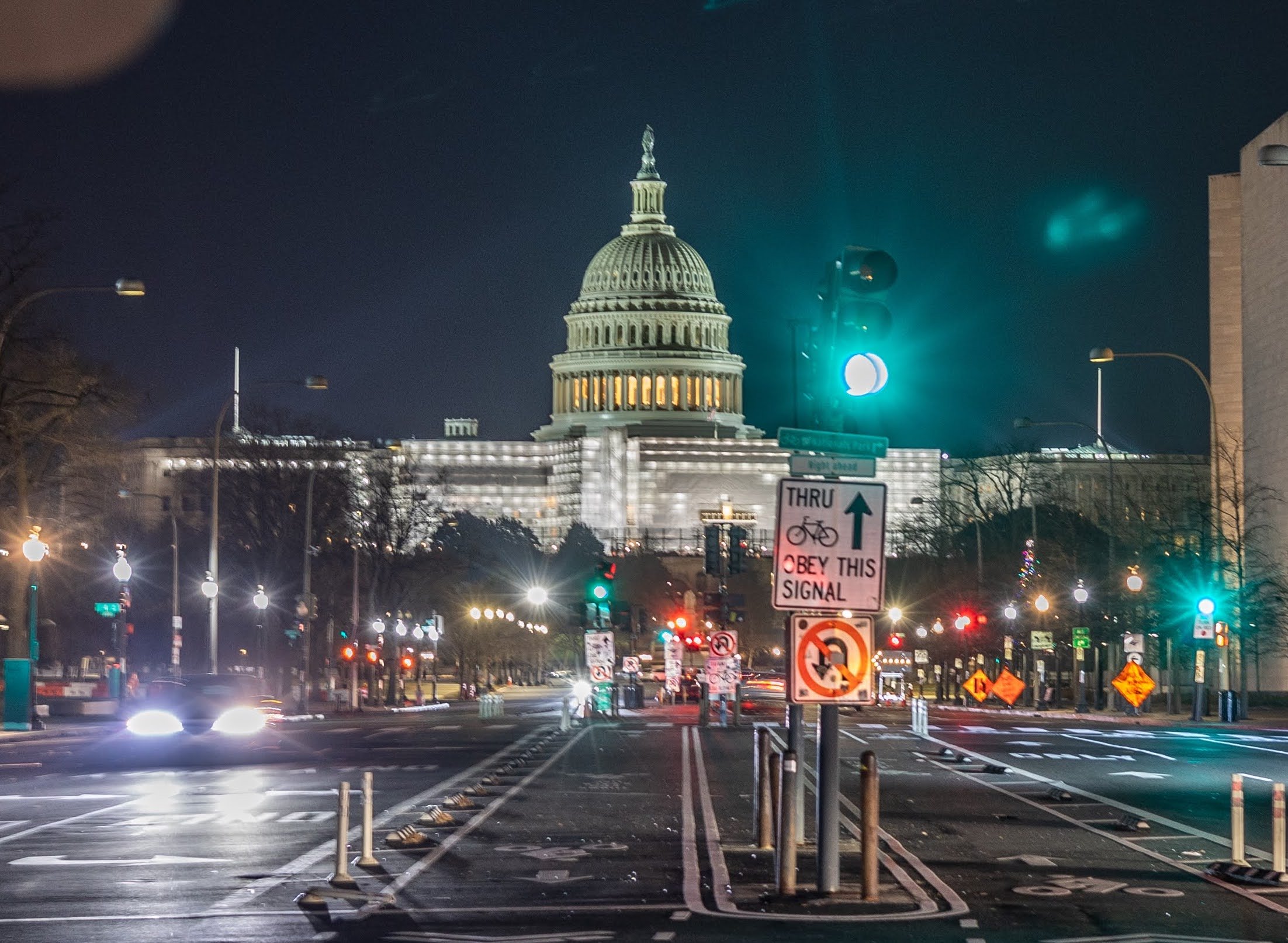
House authorizers added a second Virginia-class submarine in their mark of the Fiscal Year 2025 defense policy bill, a departure from the Biden administration’s decision to ask for only one attack boat in the annual request.
The House Armed Services Committee chairman’s mark of the bill, released Monday, shows lawmakers approving $1 billion for another Virginia-class attack boat. The HASC seapower and projection forces subcommittee’s mark of the bill provides the Navy with incremental funding authority to buy the second boat.
“For the second time in less than 5 years, the Navy has surprised both Congress and industry by removing a submarine from the budget request that had previously been planned for inclusion,” the HASC seapower panel’s mark reads. “This sporadic funding will only further stress an already stressed industrial base while also delaying the time it will take to reach the Navy’s stated goal of 66 fast attack submarines (SSNs).”
Lawmakers on the seapower subcommittee also took issue with the Navy’s proposal to buy one attack submarine when the service committed to purchasing two attack boats and one Columbia-class ballistic missile submarine per year so the industrial base can gear up for an increased demand and plans to sell attack boats to the Royal Australian Navy for the AUKUS agreement.
“To renege on that commitment in just the first year after achieving the needed enabling legislation sends an inconsistent message to our allies and a talking point for our adversaries propaganda,” the seapower mark reads.
Navy officials have said that the industrial base needs to build 2.33 attack boats and one boomer per year in order to sell to the Australians. Industry is currently building 1.3 attack boats per year.
When explaining their decision to ask for one boat, Navy officials cited the delays and backlog in the Virginia program and argued a multi-bullion dollar injection into the submarine industrial base would help stabilize suppliers and prepare them for the increased demand.
The Navy’s FY 2025 proposal is seeking $7.3 billion for the Virginia-class program, split with $3.6 billion for the one submarine and $3.7 billion in advanced procurement dollars for boats the service will purchase in FY 2026 and FY 2027. But lawmakers criticized that proposal during the annual posture hearings.
“Not every supply chain company that feeds into the submarine program is an advanced procurement long lead supply company,” Rep. Joe Courtney, the HASC seapower panel’s ranking member, said last month during an exchange with Navy acquisition chief Nickolas Guertin. “A lot of the other pieces of the submarine that are funded through just the full funding of any vessel may not be in that bucket of advanced procurement.”
While the authorizers’ mark approves a second boat, it’s unclear what appropriations will do in the spending bill. In a May 1 letter, 120 House lawmakers wrote to the chair and ranking member of the House Appropriations defense subcommittee arguing the panel should appropriate money for a second attack boat.
“While the FY25 budget request includes substantial investments in the nationwide submarine industrial base, there is no alternative to stabilize the supply chain other than consistent procurement of two Virginia-class submarines in FY 2025,” the lawmakers wrote.
The chairman’s mark of the bill also cuts the $1.17 billion that the Navy asked for to buy one Constellation-class frigate due to delays the program is experiencing. Last month, Navy officials disclosed that the lead ship in the frigate program may be up to three years late, USNI News previously reported.
While the marks adds one attack boat and cuts the single frigate, lawmakers mostly met the rest of the Navy’s request for shipbuilding, authorizing two Arleigh Burke-class destroyers, one San Antonio-class amphibious transport dock and one Medium Landing Ship. The chairman’s mark authorized a total of $31.6 billion for the shipbuilding account, a slight decrease from the Navy’s $32.4 billion request. The mark also includes $100 million in advanced procurement funding for CVN-82 and CVN-83 after the Navy delayed the purchase of CVN-82 from Fiscal Year 2028 to FY 2030.
As for Navy aircraft procurement, lawmakers largely approved the service’s request, authorizing $16 billion to the Navy’s request for $16.2 billion. Lawmakers did slash some funding for the F-35 Joint Strike Fighter Lightning II program to address problems with the program. The chairman’s mark cuts $200 million from the F-35C account and $200 million from the F-35B account, but it’s unclear how many aircraft that amounts to in a procurement decrease for the Navy and Marine Corps. The FY 2025 request sought 13 F-35Cs and 13 F-35Bs.
Under the Fiscal Responsibility Act signed last year, the Biden administration’s spending on national defense was limited to $895 billion, which lawmakers also had to adhere to when crafting the legislation.
The House Armed Services Committee will mark up the bills next Wednesday.





